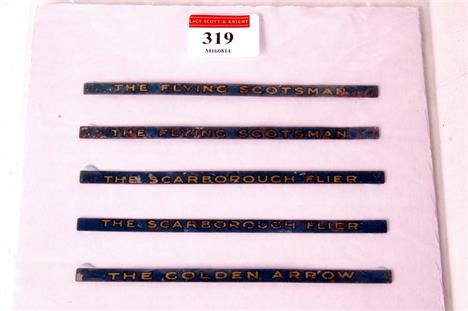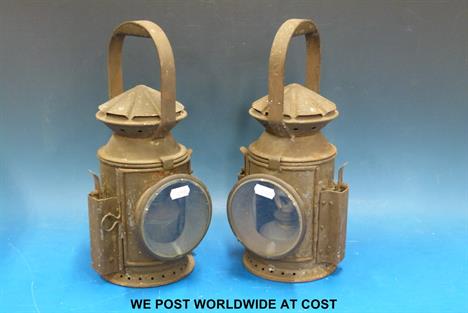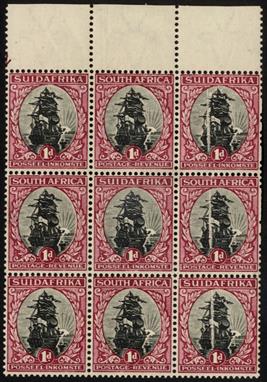We found 32197 price guide item(s) matching your search
There are 32197 lots that match your search criteria. Subscribe now to get instant access to the full price guide service.
Click here to subscribe- List
- Grid
-
32197 item(s)/page
A George II brass pocket sundial, I. Coggs, second quarter of the 18th century, The shallow cylindrical glazed case enclosing compass with rosette-centred eight-point compass rose annotated NORTH, nne, NE, ene, EAST, ese, SE, sse, SOUTH, ssw, SW, wsw, WEST, wnw, NW and nnw within outer track for degrees divided into two degree intervals, the blued steel pointer with scrolled arrow-tip pointer for south opposing integral pierced N for north, the top applied with narrow Roman numeral chapter ring annotated III-XII-VIII divided to ten minute intervals with cruciform half markers and signed I Coggs Fecit to the vacant space between VIII and III, the centre with offset herringbone engraved rail fitted with pivot to take the hinged scroll-pierced gnomen set at approximately 50 degrees when raised, with slightly convex snap-on cover with delicate cavetto moulded edge, diameter 8cm (3.25ins approx.). A John Coggs is recorded in Clifton, Gloria Directory of British Scientific Instrument Makers 1550-1851 as working from Globe & Sun against St. Dunstans Church in Fleet Street 1718-33. He is Known to have sold universal equinoctial ring dials and advertised a full range of instruments. The name of the business was changed to Coggs & Wyeth when John and William Wyeth joined the business in 1733 later becoming Wright & Wyeth in 1740. A second John Coggs is recorded as apprenticed to Benjamin Cole in 1759 but there appears to be no subsequent record of him setting up in business.
A fine Regency brass inlaid ebonised bracket clock with enamel dial, Grant, London, early 19th century, The five pillar twin fusee bell striking movement signed Grant, Fleet Street, LONDON and with arrow-shaped strike/silent lever to the lancet-shaped backplate, the 6.5 inch fired white enamel circular Roman numeral dial signed GRANT Fleet Street LONDON, No. 602 to centre and with blued steel hands set behind hinged convex glazed cast brass bezel, the lancet-shaped case with brass parquetry star motif within circular panel above dial and recessed brass fillet bordered shaped panel enclosing inlaid stylised tulip-form motif beneath, the front edges with cast slender Gothic column mounts continuing to form moulded lancet-arch above, the sides with brass fruiting vine leaf ring handles above lancet arch shaped brass fishscale sound frets, the rear with conforming lancet-glazed door, on brass bound stepped fillet moulded skirt base with brass ball feet, 40cm (15.75ins) high. John Grant is recorded in Baillie, G.H. Watchmakers and Clockmakers of the World as gaining his freedom of the Clockmakers Company in 1781, he later served as Warden and died in 1810. He was a fine maker who was nephew and successor to the famous clock and watchmaker Alexander Cumming. His son, John junior, was born in 1796, became Liveryman of the Clockmakers Company in 1817 and is believed to have worked until 1840.
South Africa. 1928 1d Issue 2 `arrow` pieces with R1-2/7 plate cracks, mint. Pair prior to damage (faults); block with both cracks (SAH v5 + v6), this with several mounted and small thin on selvedge; and block without the R1/7 crack, but with the 2/7 corner crack (SAH v7). The latter item is the scarce piece of the three and is in very fine condition, lightly hinged on the selvedge only. SG 31
South Africa. 1933-52 ½d value, comprising 16 pairs or strips; 33 blocks of four; 12 blocks of six or more, and eight booklet panes. We note arrow blocks, flaws specific to issues etc. Cross-hatched group; Issue 15 bottom arrow block but splitting; 15a block of two pairs, 16 bottom arrow block. Two `charcoal vignette` blocks, Issue 22 Control block with `31` omitted; bush tick in pair and block; range of coils including vertical pairs (2) and strip of three perf 13.5 x 14, also three blocks, one of three pairs, and finally six different booklet panes. A remarkable lot
South Africa. 1933-54 1d value, comprising 12 pairs or strips; 26 blocks of four; 7 blocks of six or more, and ten booklet panes (or blocks from printings intended for booklets). A most interesting group with Issue 17 block, arrow blocks (including Issue 20 bottom marginal block with both arrows). Perf 13½ x 14 strip of three and two blocks, one interpanneau
South Africa. 1938-48 2d value. 1938 2d blue and violet eight blocks of two pairs including R1/4 ladder and a range of shades, also variable printing of clouds; 1941 2d grey and dull purple three blocks of two pairs (one an arrow block) and a 3 x 2 block with part arrow, then a range of ten blocks from the 1945-8 Issues 5-12 group
South Africa. 1934 1d Issue 10, three blocks of two pairs (the two corner blocks and the arrow block) each showing joined paper at the top of the selvedge. The arrow block has a bend and is reinforced at base. Paper joins on the hyphenated issue are scarce. SAH 45 v1, 4 and the arrow prove Issue 10. SG 56/CW 5
-
32197 item(s)/page

























































